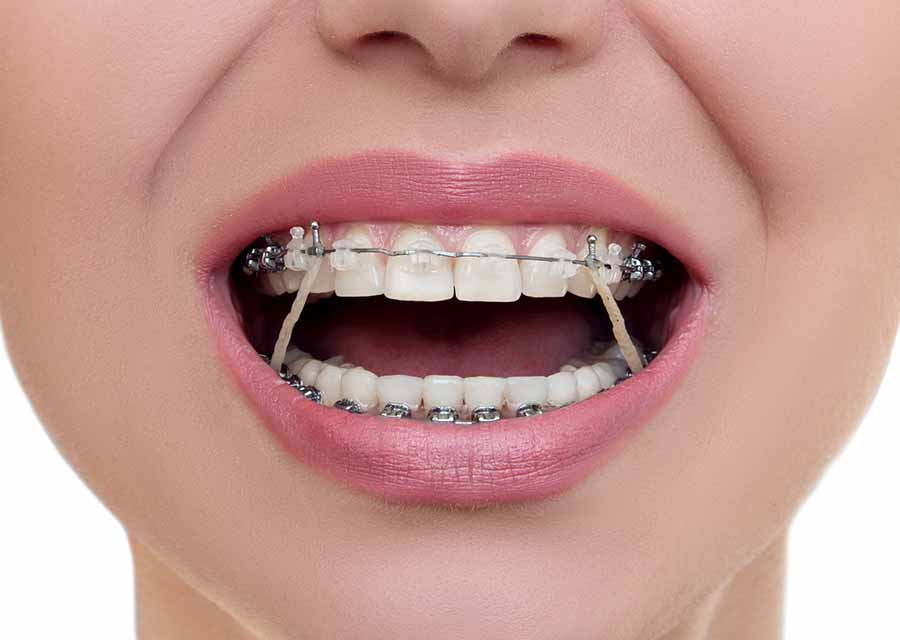8 Easy Facts About Legacy Orthodontics Explained
8 Easy Facts About Legacy Orthodontics Explained
Blog Article
Legacy Orthodontics - Questions
Table of ContentsThe Best Guide To Legacy OrthodonticsLegacy Orthodontics for BeginnersThe Single Strategy To Use For Legacy OrthodonticsGetting The Legacy Orthodontics To Work9 Easy Facts About Legacy Orthodontics Explained
At Advanced Orthodontics, we offer patients with a alternative therapy experience. In enhancement, we provide adjustable treatment timetables, flexible settlement choices and a fun, delightful experience. leesburg orthodontics. Phone call ( 480) 357-4900 today for additional information and timetable a consultation.An orthodontist is a dental expert educated to diagnose, prevent, and deal with teeth and jaw abnormalities. Orthodontists work with people of all ages, from children to adults.
Malocclusion, or misaligned teeth, can lead to dental problems, including dental caries, gum illness, and difficult or excruciating eating. Not everybody is birthed with straight teeth. If you have a negative bite or big areas between your teeth, you may want to speak with a dental practitioner concentrating on orthodontic treatment.
Some Known Questions About Legacy Orthodontics.
( Image Credit: DigitalVision/Getty Images) Orthodontists use dealt with and removable dental tools, like braces, retainers, and bands, to alter the setting of teeth in your mouth. Orthodontic treatment is for dental irregularities, including: Crooked teethBite problems, like an overbite or an underbiteCrowded teeth or teeth that are too much apartJaw misalignmentThe goal of orthodontic therapy is to improve your bite.
While you could think of orthodontists as primarily for youngsters or young adults who require dental braces, they can deal with dental issues at any type of age. Orthodontists attend college, oral institution, and orthodontic institution.
All orthodontists are dental experts, however not all dental practitioners are orthodontists. Orthodontic residency programs offer extensive, concentrated direction for dental experts. They focus on two locations: Just how to effectively and safely move teeth Just how to correctly direct development in the teeth, jaw, and faceOnce an orthodontist has completed training, they have the option to come to be board accredited.
Everything about Legacy Orthodontics
Imbalance, or malocclusion, is one of the most usual reason people see an orthodontist. It is hereditary and is the outcome of size differences in between the top and reduced jaw or between the jaw and teeth. Malocclusion brings about tooth congestion, a twisted jaw, or irregular bite patterns. Malocclusion is normally treated with: Your orthodontist connects steel, ceramic, or plastic square bonds to your teeth.
Some individuals require a headwear to help move teeth right into line with pressure from outside the mouth. A retainer is a customized tool that maintains your teeth in area.
They're usually utilized on youngsters. They can develop added area in the mouth without having to pull teeth. If you have a significant underbite or overbite, you could need orthognathic surgical procedure (additionally called orthodontic surgical treatment) to extend or shorten your jaw. Orthodontists utilize cables, surgical screws, or plates to sustain your jaw bone.
You might need to see an orthodontist if you have: Crowding or not enough room for every one of your teethOverbite, when your top teeth come by your bottom teethUnderbite, when your base teeth are also much forwardSpacing or concerns with gapsCrossbite, which is when your top teeth fit behind your bottom teeth when your mouth is closedOpen bite or an upright gap between your front base and upper teethMisplaced midline, when the facility of your base and upper teeth don't align Remedying an oral malocclusion can: Make biting, chewing, and talking easierImprove the proportion of our face and your total appearanceEase pain from temporomandibular joint conditionsDifferent your teeth and make them simpler to cleanse, aiding stop dental caries or dental caries It's often a dental expert who initially notifications misaligned teeth throughout a regular exam.
Not known Facts About Legacy Orthodontics

Throughout your first orthodontic assessment, you'll likely have: A dental examPhotos taken of your face and smileDental X-raysPanoramic (360 level) X-rays of your face and headImpressions to develop molds of your teethThese tests will certainly help your orthodontist recognize how to proceed with your therapy. leesburg invisalign. An orthodontist is a dentist who's had training to treat your teeth additional info and jaw
Orthodontists may do surgery, exams,X-rays,and more to assist you acquire a much more comfy, much healthier smile. An orthodontist is concentrated on your bite, so something like a broken tooth would be handled by a dental professional. Orthodontists are dental experts but not all dental professionals are orthodontists. Orthodontists are concentrated on your bite, or the method your teeth meshed, and the straightness of your teeth.
Ever before questioned how celebrities always appear to have perfectly straightened teeth? The solution commonly depends on the experienced hands of an orthodontist. But exactly what does an orthodontist do? Orthodontists are oral specialists who concentrate on fixing irregularities in the teeth and jaws. Their proficiency surpasses just developing a stunning smile; it includes boosting your overall oral health and function.
Little Known Facts About Legacy Orthodontics.

While braces are the most typically identified orthodontic treatment, orthodontists have a varied toolkit at their disposal. The specific approach selected relies on the seriousness of the situation, the client's age, and specific preferences. These reliable braces utilize a system of brackets bound to the teeth and attached by cables.
These removable trays are tailor-made to considerably shift the teeth's placement. In situations of narrow jaws, palatal expanders can be used to create space for correct tooth alignment.
Report this page